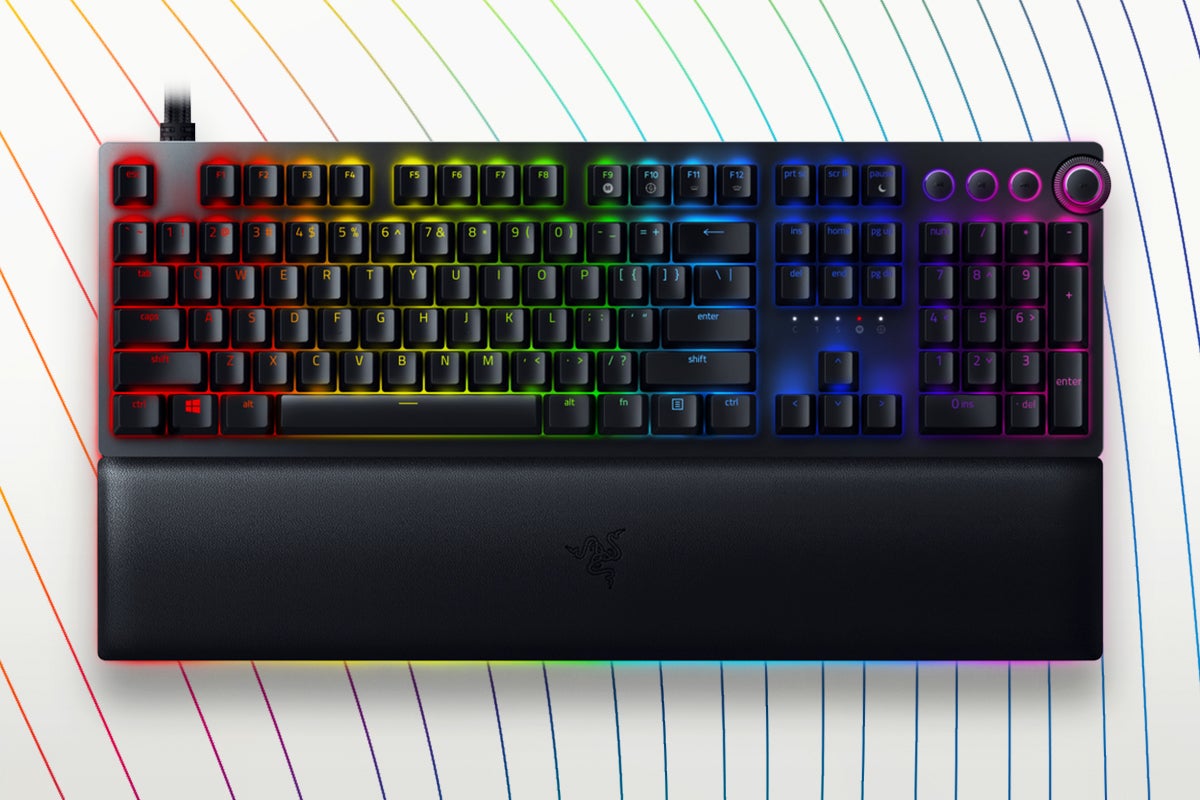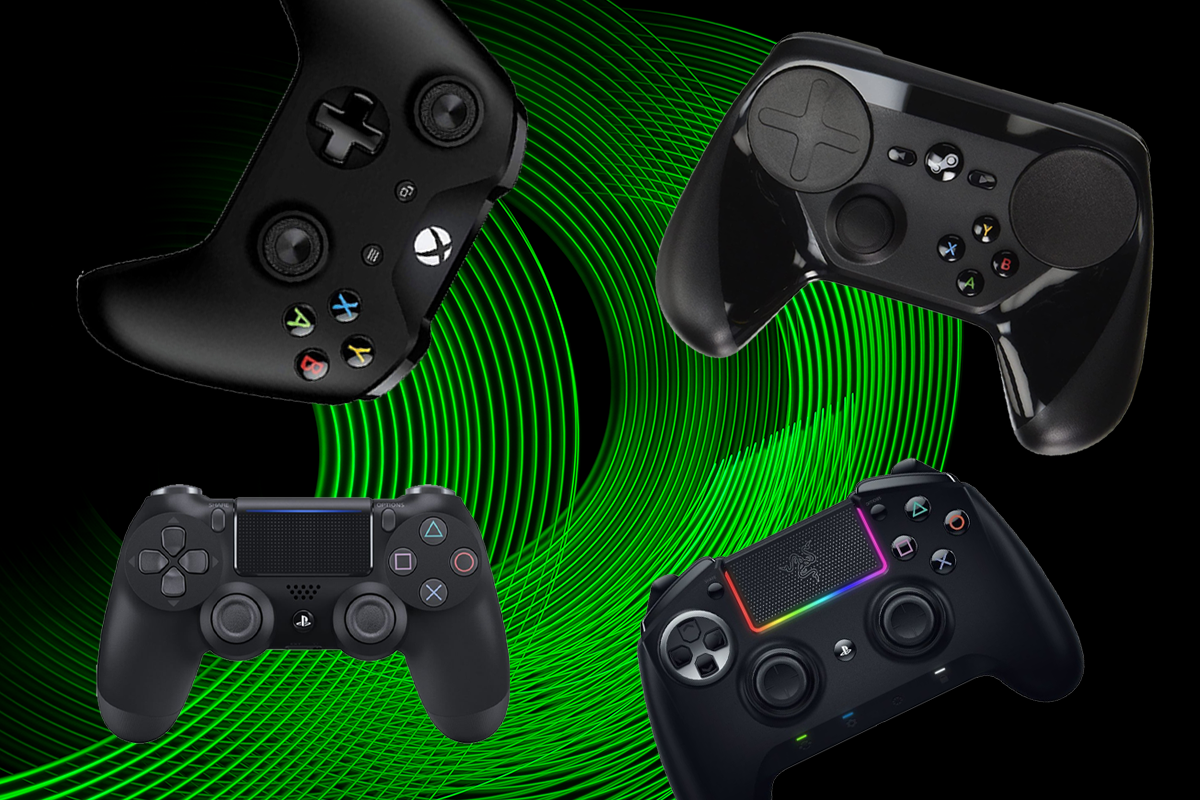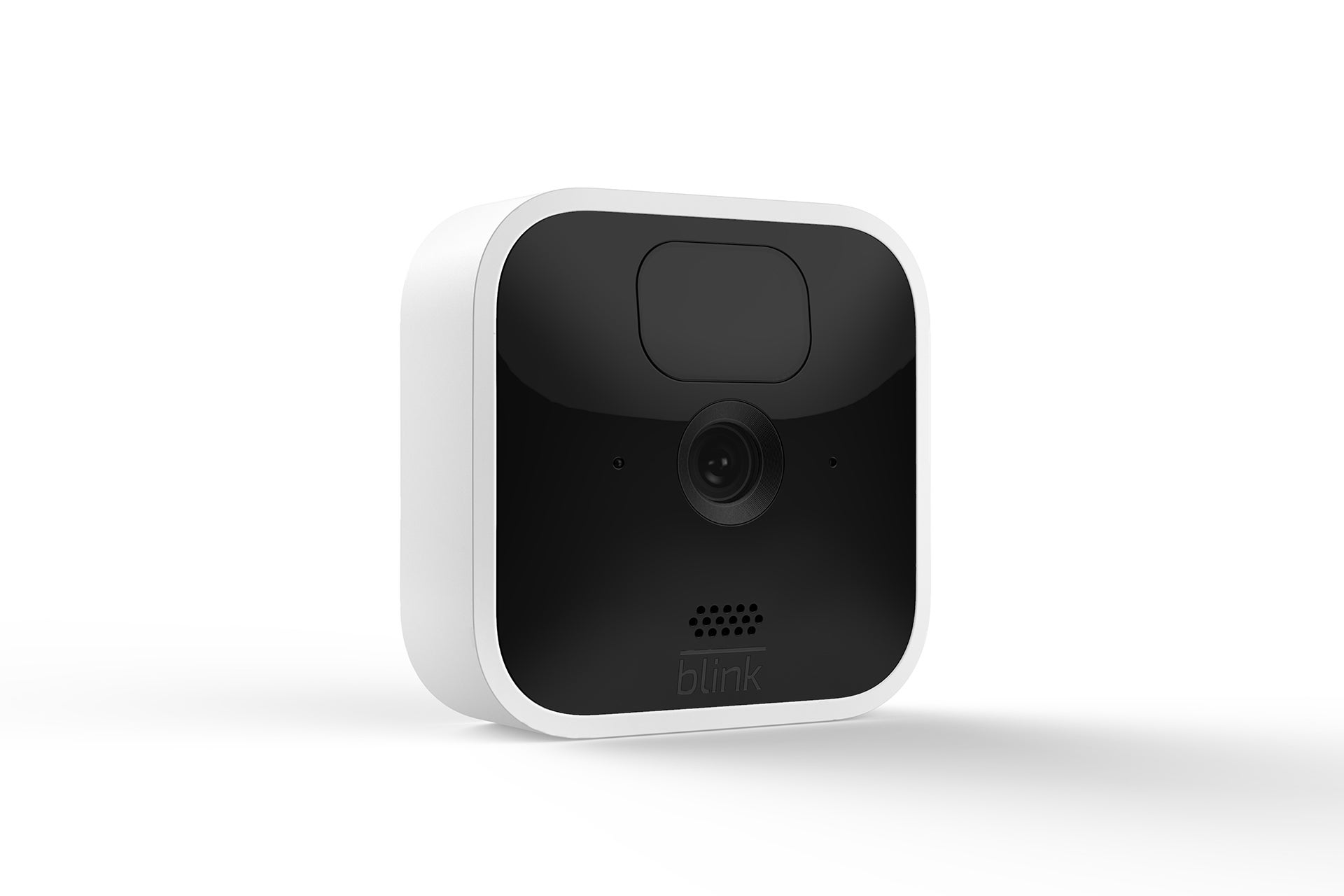Panasonic Rechargeable Accu HH3-3MVE Review
Solid mid-range batteries
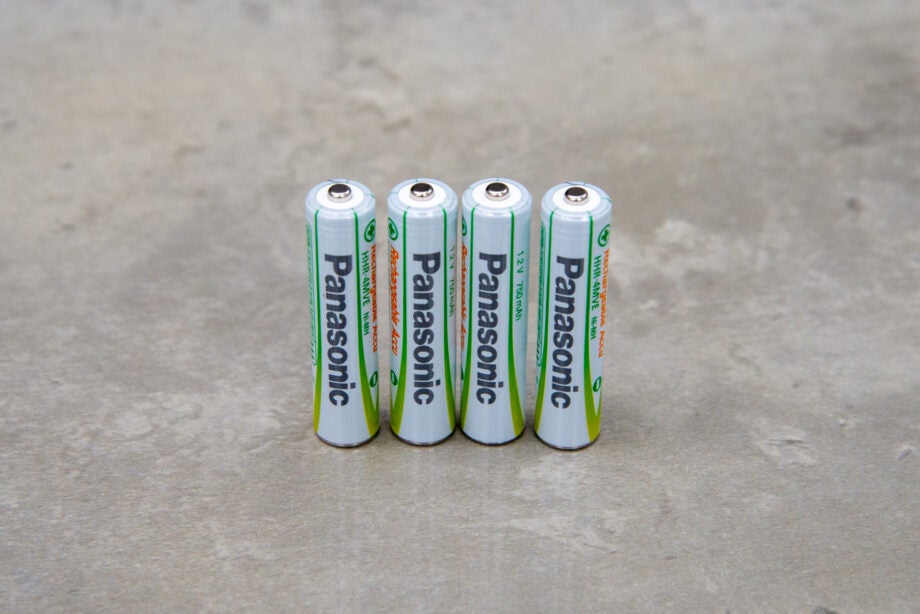
Verdict
Coming in at a good price, the Panasonic Rechargeable Accu HH3-3MVE AA batteries will retain 80% of their charge after 12 months, and can be charged up to 1000 times. Competition is tough, though, with better options available for those who require more power and a greater number of charging cycles.
Pros
- High number of charge cycles
- Maintains charge
Cons
- Mid-range capacity
Availability
- UKRRP: £7.97
Key Features
- TypeThese are AA NiMH rechargeable batteries
- CyclesThese batteries can be charged and discharged 1000 times
Introduction
The Panasonic Rechargeable Accu HH3-3MVE NiMH AA batteries are designed to work in any kind of appliance, offering a good lifetime in terms of the number of charges and decent capacities, too.
They come in at a great price, but it is possible to buy higher-capacity batteries for less or pick up even longer-lasting batteries if that’s a priority.
Design and Charges
- Up to 1000 cycles
- Retains 80% of charge after one year
The Panasonic Rechargeable Accu HH3-3MVE are a solid set of mid-range rechargeable batteries, with some interesting, stand-out features. The first is that these batteries are designed to last up to 1000 cycles (charging and discharging), which is a huge number. The rival Duracell Rechargeable AA 2500mAH batteries last for 400 cycles, although the GP ReCyko Pro 2000mAh AA batteries have a life of 1500 cycles.
Second, these batteries are designed to retain their charge, with Panasonic stating that these units with hold onto around 80% of their charge after one year. That compares well with the Duracell option, and makes the Panasonic Rechargeable Accu HH3-3MVE suitable for charging and storing for when you need them, or good for low-drain devices that don’t use much power.
For the latter case, batteries that lose charge quickly will end up losing power through natural attrition rather than actual drain, so will require charging more regularly.
Performance
- Very stable across multiple charges
- Tested capacity easily exceeds rated capacity
To test the Panasonic Rechargeable Accu HH3-3MVE, I used an Ansmann Energy XC300 battery tester. First, I measured the initial voltage of the charged batteries, which should be no lower than 1.2V. The Panasonic batteries registered 1.39V, which is a good starting point: voltage slowly drops over use.
Next, I measured the capacity of the batteries with a high-drain test (600mA +/-20%). Initially, I saw a capacity of 2172mAh, which is above that rated.
Next, I cycled the batteries 50 times, taking capacity readings every 10 cycles. From the graph below, you can see that the Panasonic Rechargeable Accu HH3-3MVE batteries are consistent performers, with little fluctuation in results – and, certainly, there’s no loss of capacity over this period.
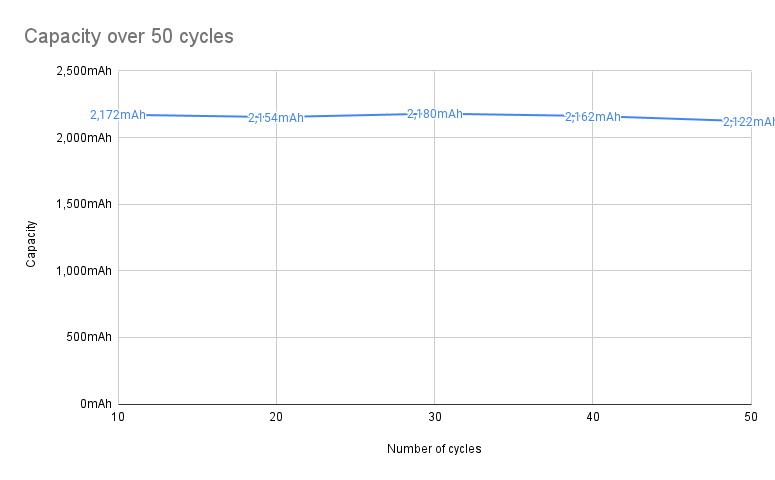
Latest deals
Should you buy it?
For solid mid-range batteries with sufficient power for most tasks, and with a generous number of charge cycles, the Panasonic Rechargeable Accu HH3-3MVE deliver.
If you’re looking for batteries with greater capacity, then consider other options. If you constantly charge AA batteries, then a set offering even higher charge cycles may be better.
Final Thoughts
With a long life in terms of cycles and the ability to retain 80% of their charge over a year, the Panasonic Rechargeable Accu HH3-3MVE are a decent set of AA batteries. Competition is tough, though. The Duracell Rechargeable AA 2500mAh come in at a similar price but deliver a lot more power, even though they have a lower duty cycle. For longer-lasting batteries, the GP ReCyko Pro 2000mAh AA batteries deliver better charging cycles, retain charge for longer and, in my tests, appeared to offer more capacity.
How we test
Unlike other sites, we test every rechargeable battery we review thoroughly over an extended period of time. We use standard tests to compare features properly. We’ll always tell you what we find. We never, ever, accept money to review a product.
Find out more about how we test in our ethics policy.
We use an Ansmann Energy XC 3000 to drain batteries, so that we can test capacity in mAh. After the first run, we charge and discharge 50 times, measuring the capacity every ten runs.
We measure the initial voltage of the batteries, checking that the starting voltage is at least 1.2V.

